The sexual politics of Blade Runner 2049: progressive or problematic?
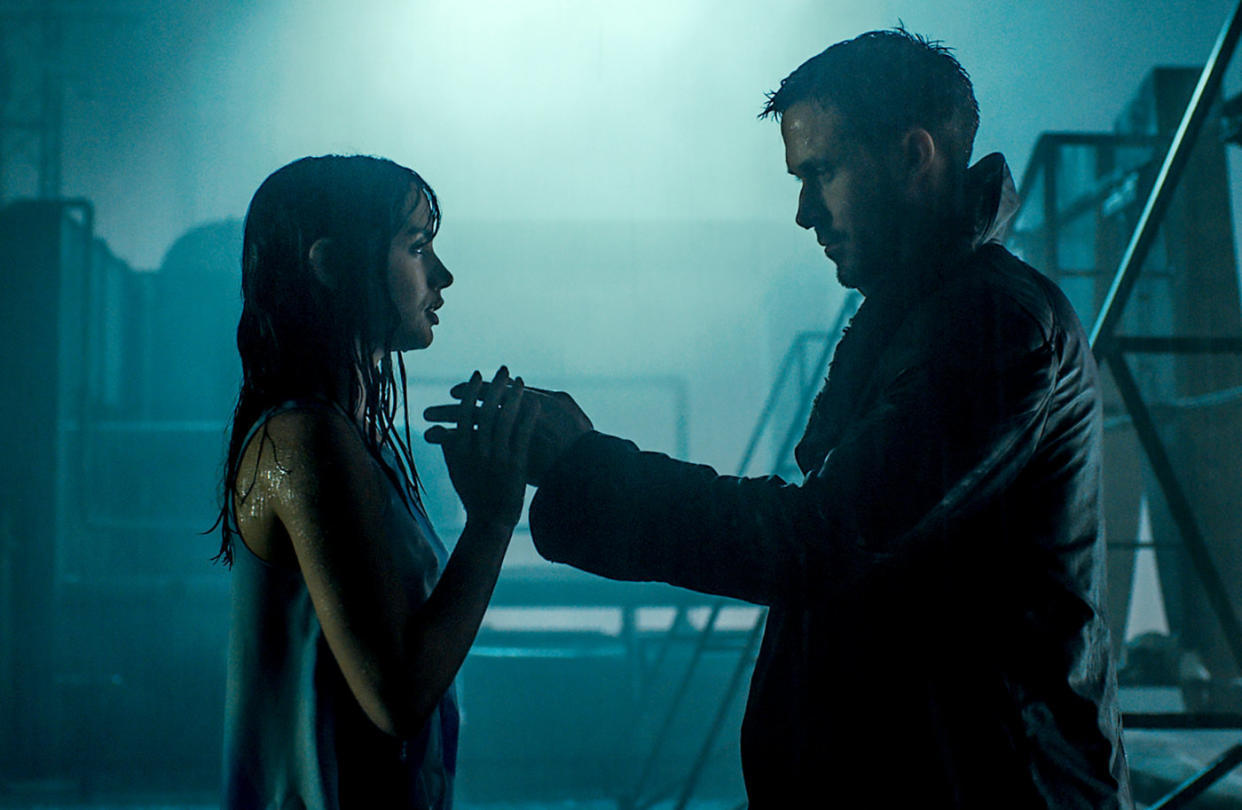
Caution: this post contains substantial spoilers for ‘Blade Runner 2049,’ and is recommended for readers who have already seen the film.
The long-awaited ‘Blade Runner 2049’ has opened in cinemas to a near-universal chorus of approval from critics. However, one particular element of Denis Villeneueve’s belated science fiction sequel has raised concern in some quarters: the film’s female characters.
While the two lead roles in the film are taken by men – Ryan Gosling, and returning ‘Blade Runner’ star Harrison Ford – the supporting cast is largely female: Ana de Armas as Joi, Sylvia Hoeks as Luv, Mackenzie Davis as Mariette, and Robin Wright as Lt. Joshi. While this would seem to be a laudable instance of prominent female representation in a major movie, questions have been raised as to whether the characters necessarily represent a positive step forward.
An otherwise largely positive review from Gavia Baker-Whitelaw of The Daily Dot accuses ‘Blade Runner 2049’ of “thoughtless sexism,” noting the abundance of sexualised imagery – “raunchy holograms and sex workers (all female, of course) act as set-dressing” – and taking issue with the roles assigned to the cast’s key women.
Similarly, Helen O’Hara of The Pool expresses disappointment that most of ‘Blade Runner 2049’s women are “beings created to satisfy the whims of others, just more slave girls to male desire. Never mind the future: aren’t we beyond this now?”

Fears that this might be the case were raised before ‘Blade Runner 2049’ had even been released (notably in a Youtube video from feminist critic Anita Sarkeesian), owing at least in part to the way women were presented in the original ‘Blade Runner.’ Ridley Scott’s 1982 film featured three key female characters, all Replicants, whose primary function is to service men. Daryl Hannah’s Pris and Joanna Cassidy’s Zhora were ‘pleasure models,’ i.e. created specifically as sex slaves, whilst Sean Young’s Rachel was made to assist the Replicants’ creator Tyrell – although, in ‘Blade Runner 2049,’ it is suggested she had always been intended for another, specifically sexual function.
At a glance, ‘Blade Runner 2049’ seems to take a similar approach. Of the four aforementioned female characters, two are Replicants: Mariette is another prostitute, whilst Luv is ostensibly Rachel 2.0, the assistant of Jared Leto’s Wallace. Meanwhile, Joi, while not a Replicant as such, is another synthetic human, a holographic simulation of an idealised girlfriend sold to lonely men, including Gosling’s K.
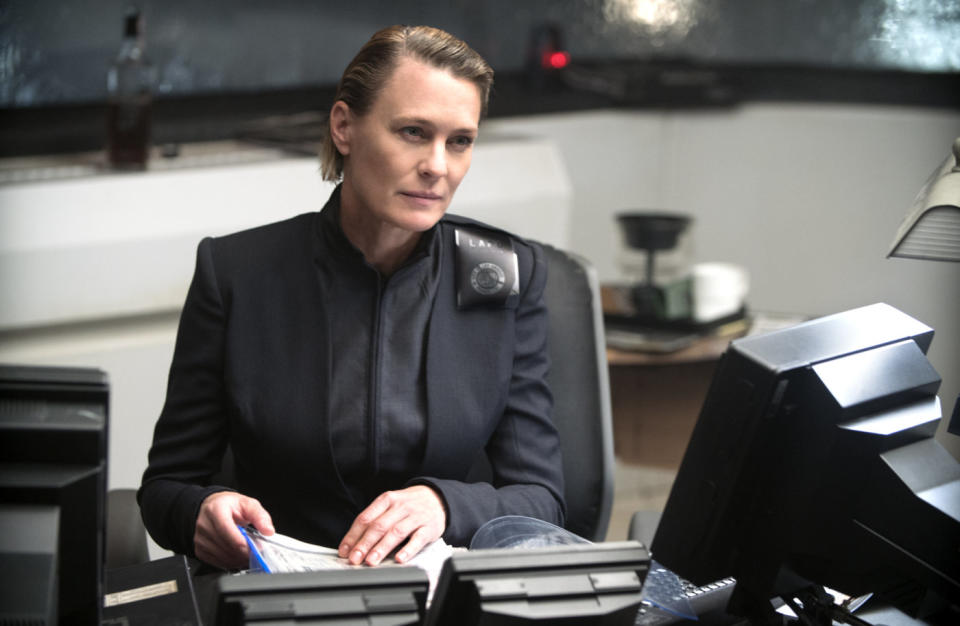
However, we must take Lt. Joshi into account. As well as being human, she’s also a high-ranking police official who gives K his orders; as such, she’s the direct equivalent of the original ‘Blade Runner’s Captain Bryant, played to sleazy effect by M Emmet Walsh in the 1982 film. While not shown to be as openly bigoted as Bryant was, Joshi is clearly a strong, complex, by no means entirely sympathetic female authority figure. To complain that ‘Blade Runner 2049’ belittles its women would surely be to overlook this.
Luv, meanwhile, is a great deal more than she initially appears. Though first presented as little more than Wallace’s servant, it’s quickly revealed she is very much the power behind the throne, running the business; the dirtier, bloodier side of it in particular. Indeed, with Wallace’s screen time surprisingly limited, Luv proves to be the film’s principal antagonist, and she generally seems to be acting entirely on her own authority, making her own decisions, rather than simply following her master’s orders.
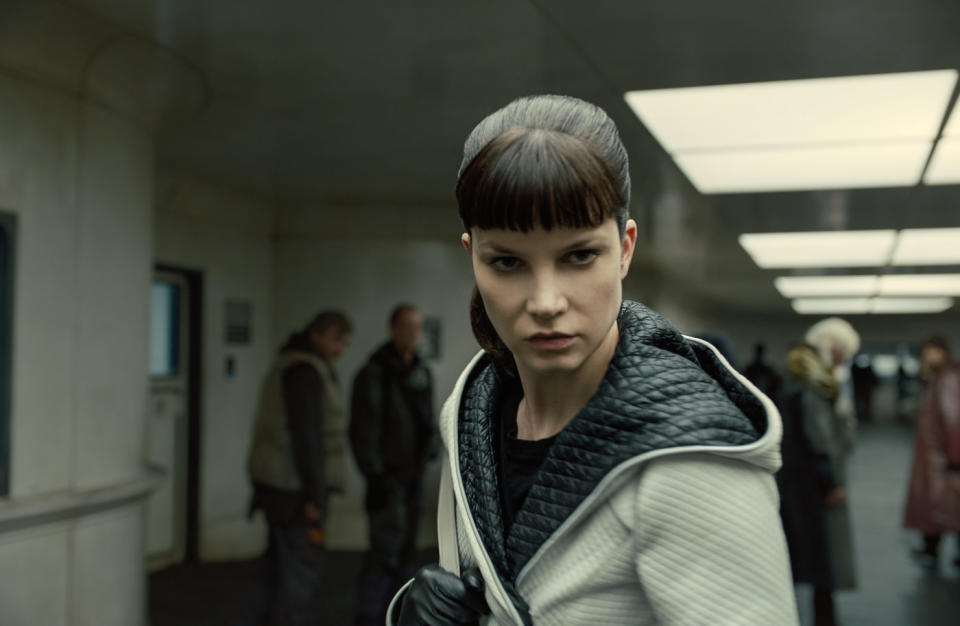
The character of Joi does seem a little more problematic at first. A computer program designed to, in the words of the product’s advertising, give its users “everything you ever wanted to see/hear,” she would seem to be nothing but a plaything/comfort blanket for emotionally immature men. However, it quickly becomes apparent that the bond which K has built up with his model has come to be of tremendous importance to him: he seeks and heeds her advice, bringing her with him even as events take a dangerous turn.
While Joi’s relationship with K may seem a little extraneous to the narrative of ‘Blade Runner 2049,’ it’s absolutely vital to the film on a thematic level; like ‘Blade Runner’ before it, the sequel is not simply a film noir detective story in a dystopian future, but an existential contemplation, questioning just what it is to be alive.
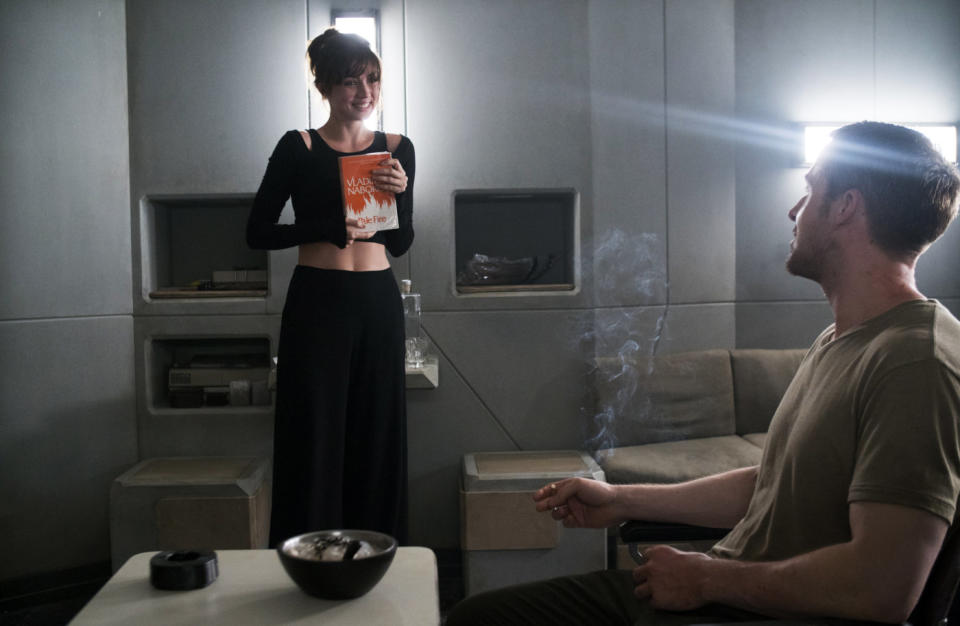
In ‘Blade Runner,’ there was an underlying implication that Replicant hunter Deckard might be a Replicant himself without knowing it (a question addressed, though not definitively answered, in the new film). However, in ‘Blade Runner 2049’ it is known from the beginning that K is a Replicant; he is aware of it, as are the audience.
As such, there is a certain dark logic to K – a man who knows he is not ‘real’ – forming a personal connection with a woman who is also not real, yet acts as though she is, and appears to express personal opinions and genuine emotional responses. Though they are both artificially created, K and Joi are self-aware, they learn, and they seem to feel. Who can definitively state that what exists between them is any less real than any human relationship? (The existential implications of that question speak for themselves.)
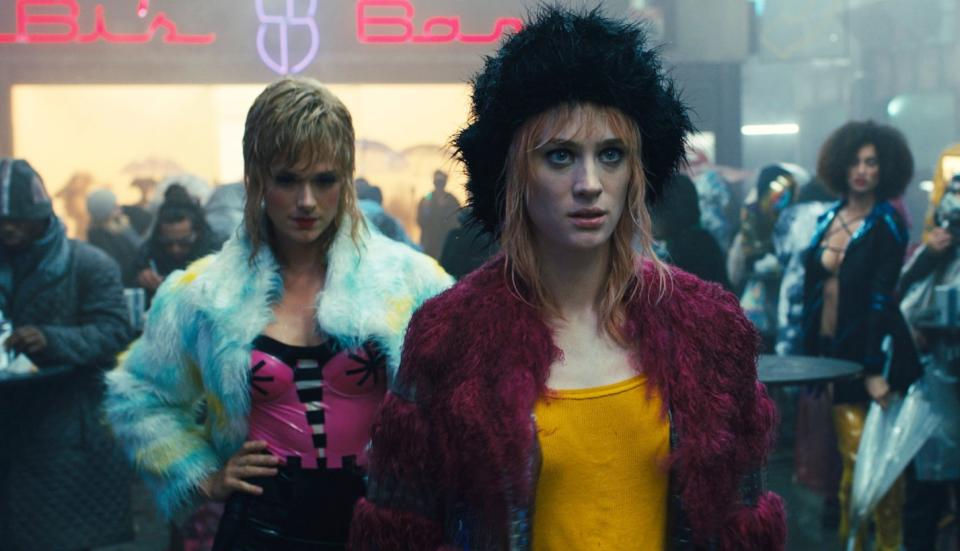
Moreover, it should be considered that both ‘Blade Runner’ and ‘Blade Runner 2049’ present female characters as sex workers, and show sexualised images of women in futuristic advertising, in order to directly comment on the subjugation and objectification of women. This, I think, is most pointedly the case in the sequel, with prostitute Mariette also being a member of an underground Replicant resistance movement – whose figurehead is also a woman, played by Hiam Abbass (an Israeli-Palestinian actress, which is worth noting given ‘Blade Runner 2049’ has also met some criticism for its lack of ethnic diversity).
Certainly, there are grounds on which we might be concerned about the continued use of, as Baker-Whitelaw puts it, the “female sexbot trope” which has been explored so heavily in science fiction; a notable recent example being ‘Ex Machina,’ which it’s interesting to note de Armas was asked to read a scene from at her audition. As much as such material may be deemed to critique objectification, it might also indulge such fantasies. Some may argue that Joi, who says and does what K wants and can disappear at the touch of a button, is presented as the ideal woman; and it’s not hard to envisage the death of Lt. Joshi, and K’s violent climactic defeat of Luv, being greeted with a smile from audience members who have a problem with female authority.
Even so, while ‘Blade Runner 2049’ may not be without its sexist overtones, to dismiss the film on that basis would be absurd. Given that it follows on from a film which asks difficult questions without providing clear-cut answers, it’s only right that the sequel should do much the same; and while the problems of female representation in mainstream cinema are not going to be solved overnight, I think it’s fair to say ‘Blade Runner 2049’ does more to help the cause than to hurt it.
Read More:
How Blade Runner went from reviled to revered
The 20 greatest SF films of the 21st century
Blade Runner 2049 director interested in Bond 25

 Yahoo Movies
Yahoo Movies 

